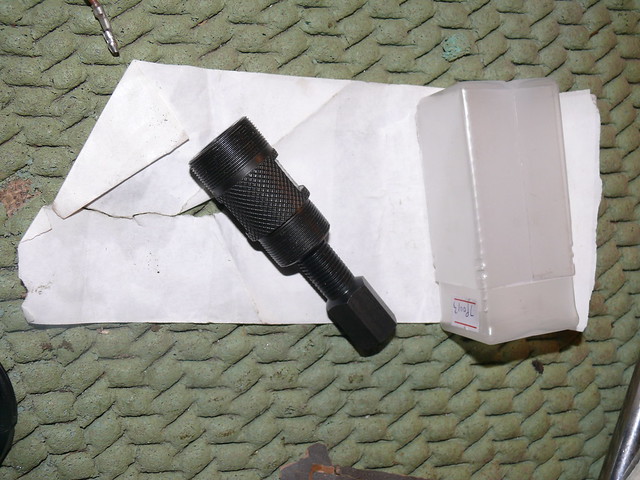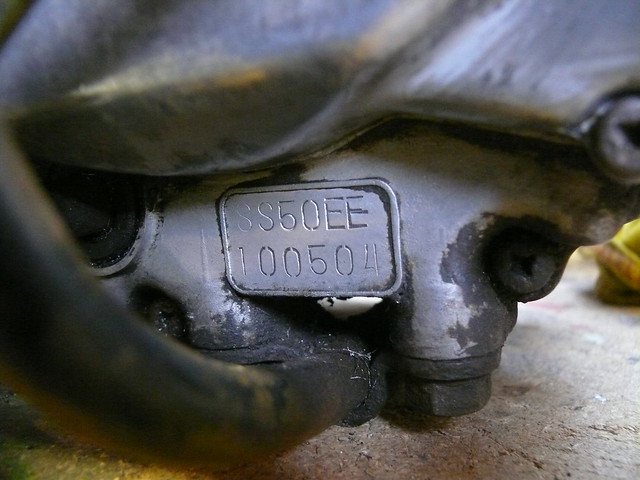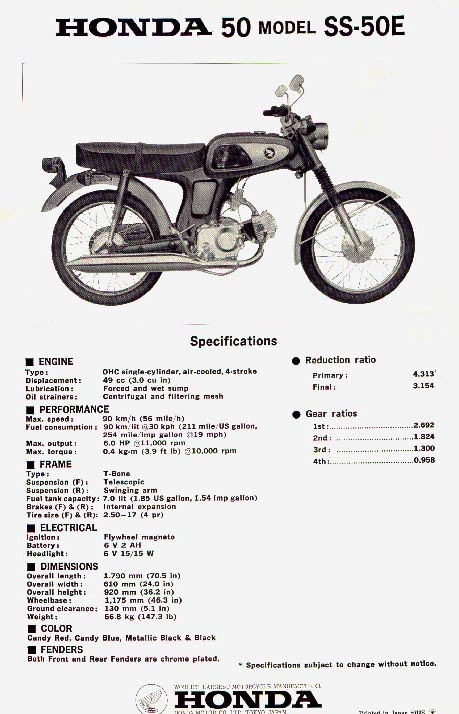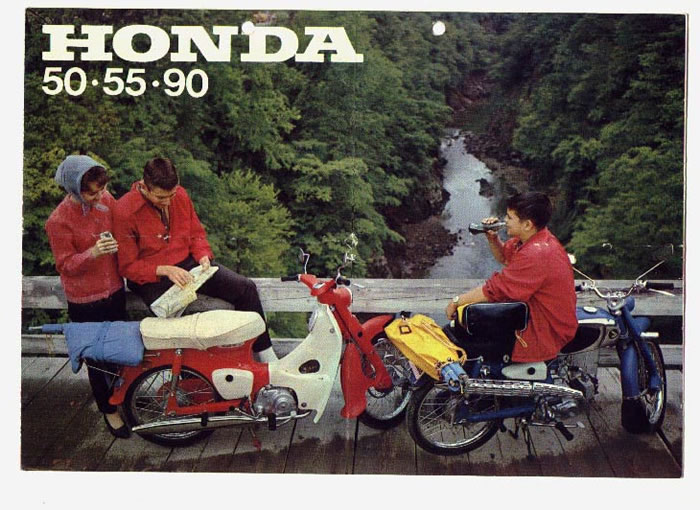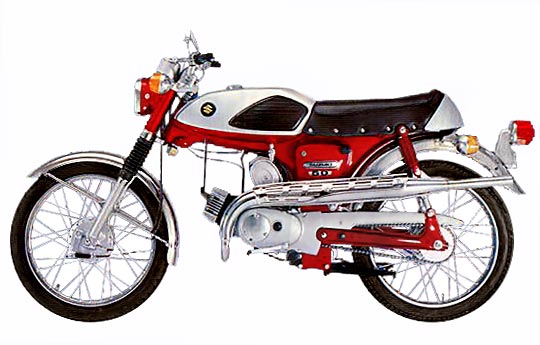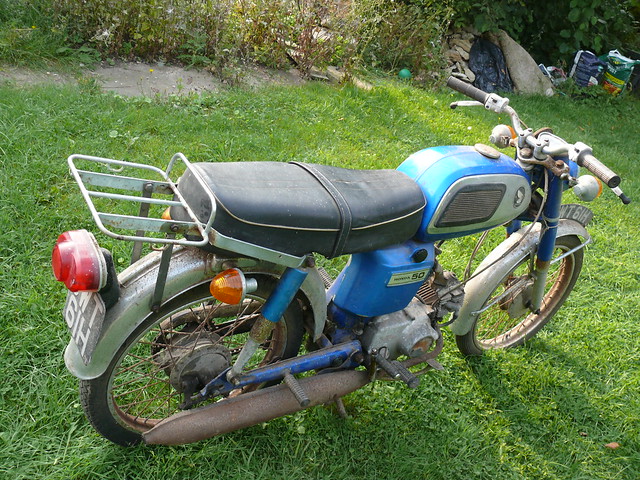Remember that your bike is your property and you are responsible for anything you choose to do to it.
With that out of the way, remember when carrying out repairs and maintenance to always be slow, careful and patient. If you are seriously unsure about anything, consult a manual, qualified mechanic, or one of many specialized forums on the internet.
However, these tasks are listed because they are relatively simple and can be a great way to explore and learn about your bike.
If there is anything you would like to add to this page please feel free to comment or email me.
Listed below are some simple issues that I know to be widespread or are bound to occur on the SS50E, or old bikes in general.
- Fuel tap and Carburettor blockages and soiling
Rust particles and other bits and bobs can start to build up in the fuel tap or inside the carburettor, blocking the pipes and running jets which in turn can cause poor running.
While I am still exploring possible ways to repair the inside of a fuel tank (a tricky job, or costly if you just get a new tank) I think this is a manageable issue and can be partially solved by inserting an inline fuel filter into the fuel line that leads from the tap to the carburettor.
Carburettor blockages can also be caused by a simple build up of fuel residue over time. This is bound to happen especially if the bike has been sitting for a long time.
Removing and dismantling the carburettor is a relatively simple job, and then you can either check the jets yourself or simply send it off for ultrasonic cleaning (around £20.)
For more information on carburettor maintenance click here. (TBC)
- Electrical issues such as poor lighting or horn output
The first place to go to is the main wiring loom in the central column of the frame. Remove the battery and check that there have been no acid spillages (you should have an overflow tube fitted anyway). Then, open the plastic sheath and have a look at wires. Check for any obvious damage such as stripped plastic, partial cuts and excessive bends.
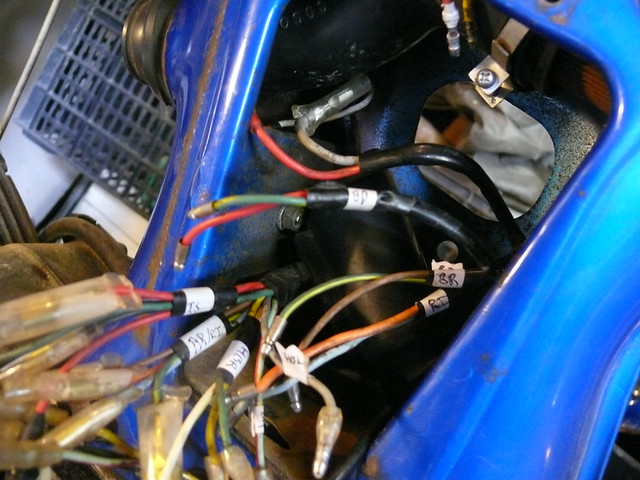 |
| If you want to be really hardcore, group and label the wiring (sanity optional) |
Remember to be careful when separating bullet connectors as the wire can be pulled from the connector if forced.
If this has not solved your issues you can repeat the same task at the dashboard loom. This is located by removing the headlight at the front (via a screw on the underside).
Again, take care to not stretch the bullet connectors. If a specific connection does not want to be separated, it is possible that it has been badly corroded and needs replacing - which could be the source of an issue.
It is also worth making sure all of the bullet connectors are protected in some way. If they are missing the original rubber sheathing you can opt to use insulating tape or invest in some new sheaths.
For more information on wiring and electrics, click here. (TBC)
More will be added to this page in the future.
#
